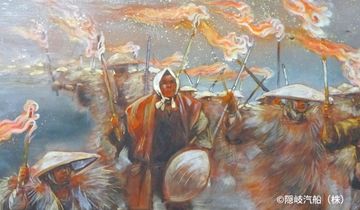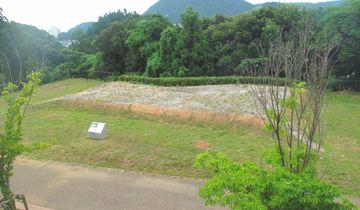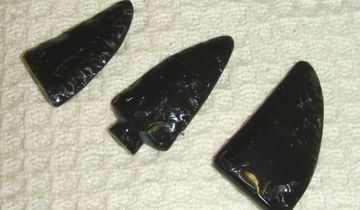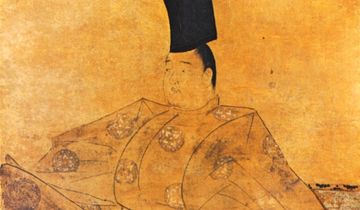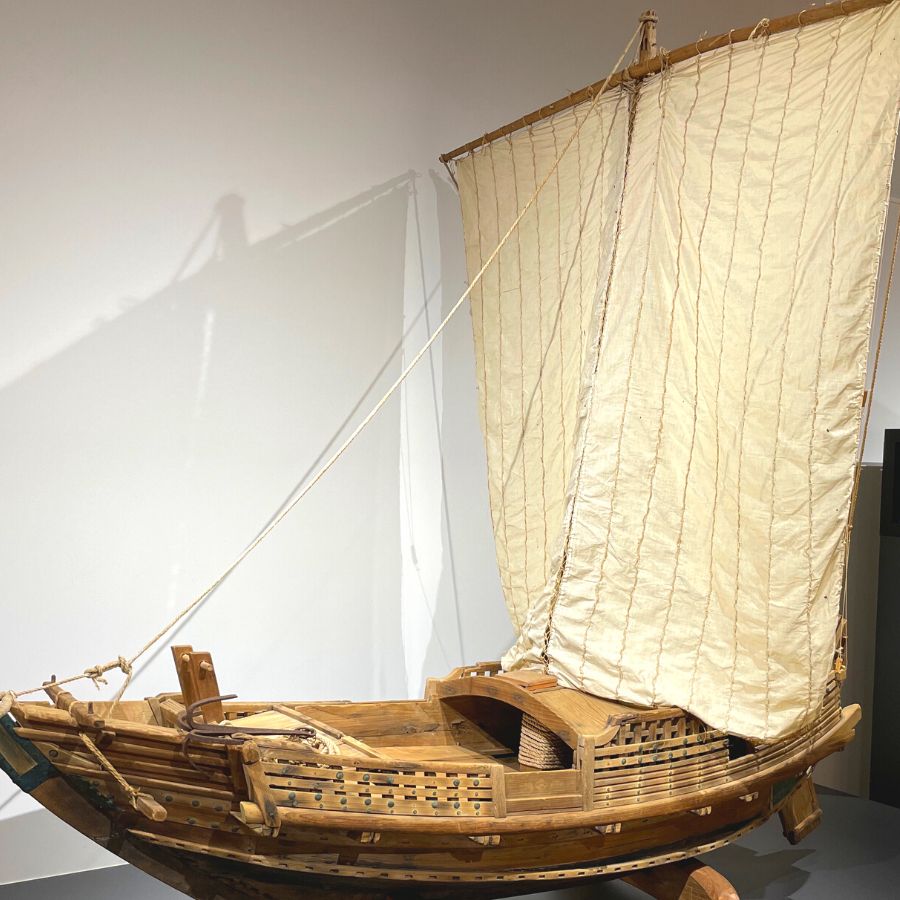
Lifestyles and Traditions - History
The Oki Islands prospered as a port of call for kitamaebune trading ships from the mid-Edo period (1603–1867) to around 1897. Kitamaebune trading ships were merchant ships that connected Osaka and Hokkaido, and made trips along the coast of the Sea of Japan, while trading products such as used clothes, rice, and seafood at various ports of call. The sails of the early ships were not as sturdy, and the ships could only travel in short distances along the coast of the Sea of Japan, completing one round trip each year. However, in the 1780s when textile technology advanced and sturdy sails were developed, two round trips could be made in a year, and a new route was born between Shimonoseki, the Oki Islands, and Sado Island.
All the ports in the Oki Islands were used as bases for the trading ships to wait for favorable wind and to restock their supplies, and as many as 4500 ships anchored in the Oki Islands in busy years. Furthermore, the trading ships brought not only goods but also information and culture from all over Japan to the islands. Among these are folk songs that are still sung nowadays, and well-known Oki Islands folk songs include: "Oki Shigesa-bushi" (a folk song that is hugely popular on Dōgo Island), which was derived from a folk song of Niigata Prefecture origin, and "Dossari-bushi" (a folk song that is well known to locals on Chiburijima Island), which is said to have been sung by sailors as they unloaded the cargo.


